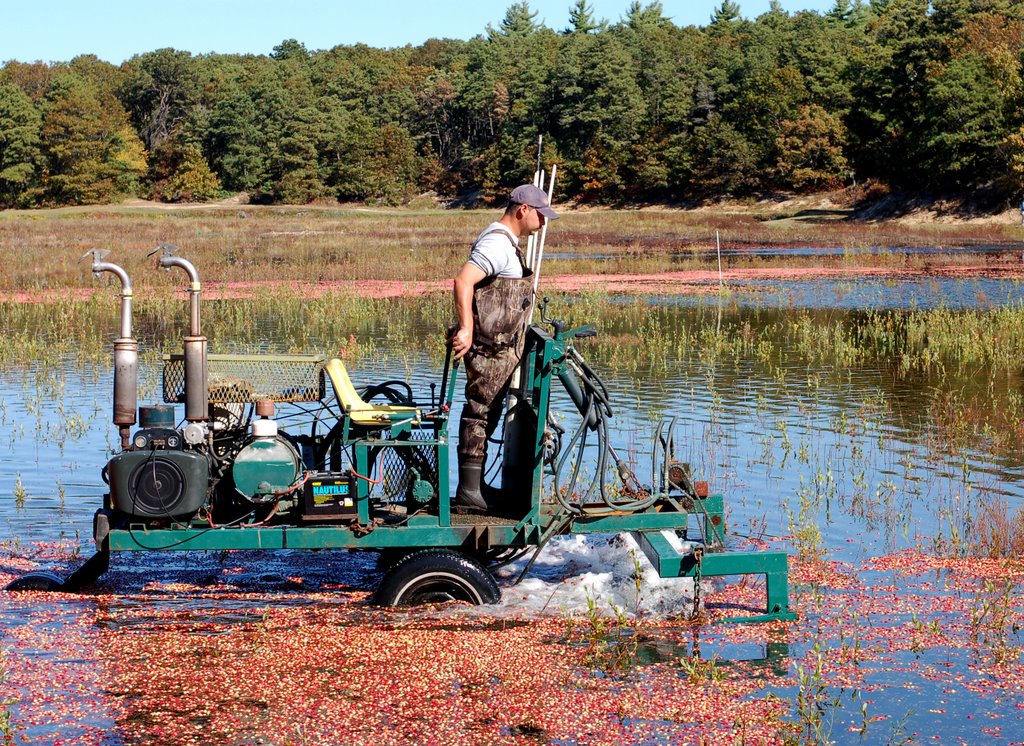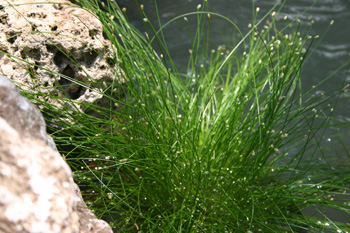


#Ruby runner bog plant full
It can be quite chilly in the early morning, so having a sleeping bag or warm blanket might help you feel more comfortable.Īccording to Karen, “Being outside when the first birds start singing fills me with anticipation, and when the full chorus is in swing my heart is filled with joy. Karen suggests getting outside about an hour before sunrise, which is currently around 5:50 a.m. The first bird that she hears is usually a robin but then “a few more start singing and more, as the sun rises, until so many birds are singing that it is hard to pick out individual species.” Instead, she quietly slips outside her home in Keene, sometimes with her husband and two young children, right before dawn and just listens. She isn’t turning on the news or checking her FaceBook feed. Karen Rent, one of the Harris Center’s teacher-naturalists, has been waking up early this spring to hear what the world has to say. If you care about our wild neighbors, the most responsible thing to do is stop feeding the birds on April 1 and don’t resume again until the middle of December.ĭawn is calling you… (photo © Leon Biss via Unsplash) Some of them will ultimately have to be euthanized by the authorities.

Bears habituated to visiting feeders in residential neighborhoods often end up in places they shouldn’t, doing things that cause us alarm and concern. All they need to do is climb a deck, shimmy up a pole, scale a fence, or break into a garage to access a mountain of seed - a valuable resource high in protein and fat.īut birdseed spells trouble for black bears. Sunflower seeds, millet, suet, and corn are undeniably tempting foods for them. If they’re unlucky, they will find one of our many bird feeders. If they’re lucky, their incredible sense of smell might lead them to a deer or moose carcass. In early spring, bears feed primarily on vegetation, including inner bark, woody plants, new grass, and herbaceous plants. When they emerge from their dens in late March and early April, insects - which make up a large portion of their diet - aren’t active or available yet. They haven’t eaten since late December, and many of the adult females have given birth during their long winter rest. (photo © Polly Pattison)īlack bears are up and they are hungry. Help this bear stay alive by putting your bird feeders away from April 1 to December 15. Then, share your observations on Facebook or Instagram with the hashtag #harriscenterforconservationed and let your dandelion love show! Instead of spending time, energy, and money trying to rid your lawn of dandelions, why not let yourself fall in love with them instead? Spend some time watching dandelions in your yard, and see how many different animals you can find on and around them. Whether it’s bumble bees, butterflies, or solitary bees seeking nectar and pollen or porcupines, rabbits, and goldfinches eating the flowers and seeds, dandelions are an important food source for many wild animals when other food is scarce. In spring and early summer - and then again in autumn - these bright yellow flowers provide pollen, nectar, seeds, and shelter to countless insects, as well as many birds and mammals. Let the dandelions grow this spring and summer.ĭo you love bumblebees? Are you concerned about the future of wild pollinators? Do you wonder what you can do to help native insects? One easy way to help is to simply let dandelions be. Monadnock Region Natural History Conference.


 0 kommentar(er)
0 kommentar(er)
